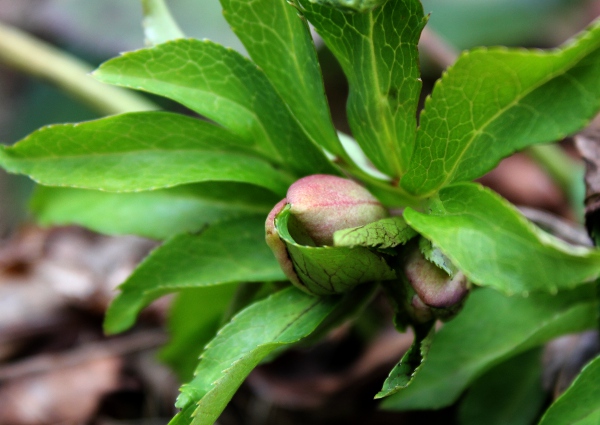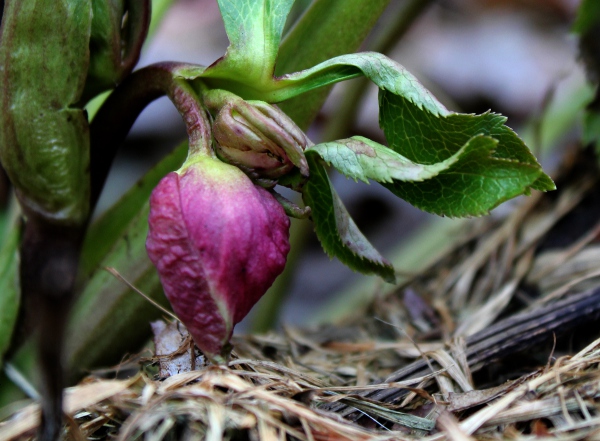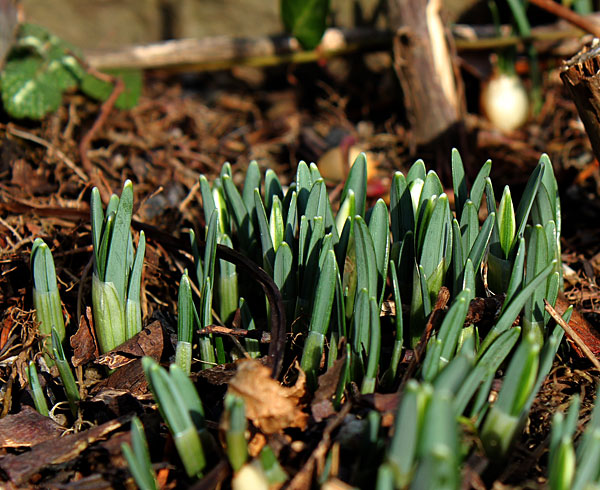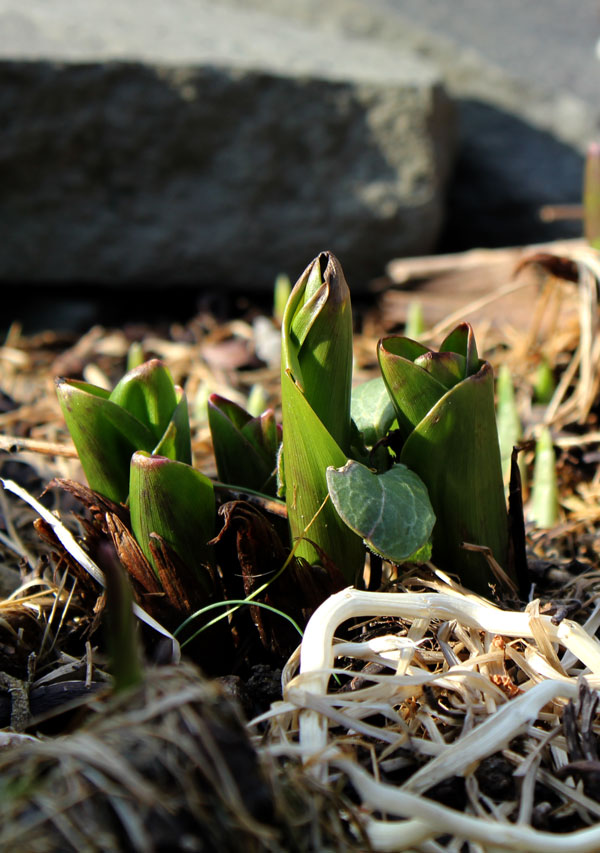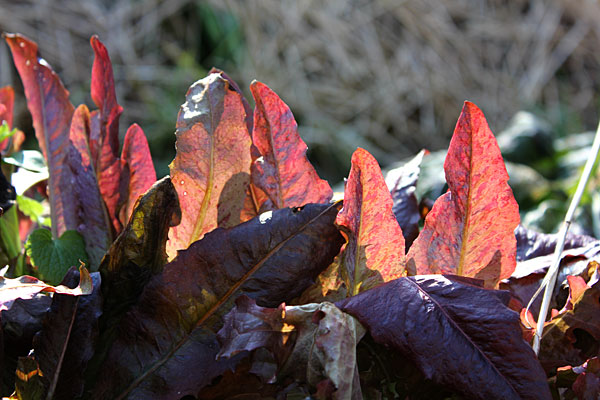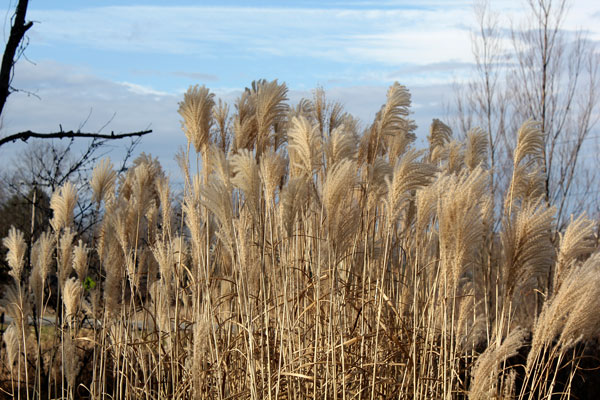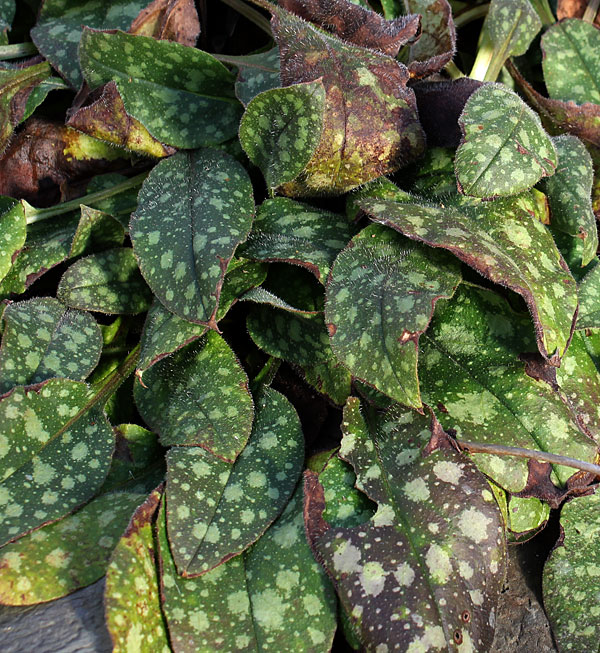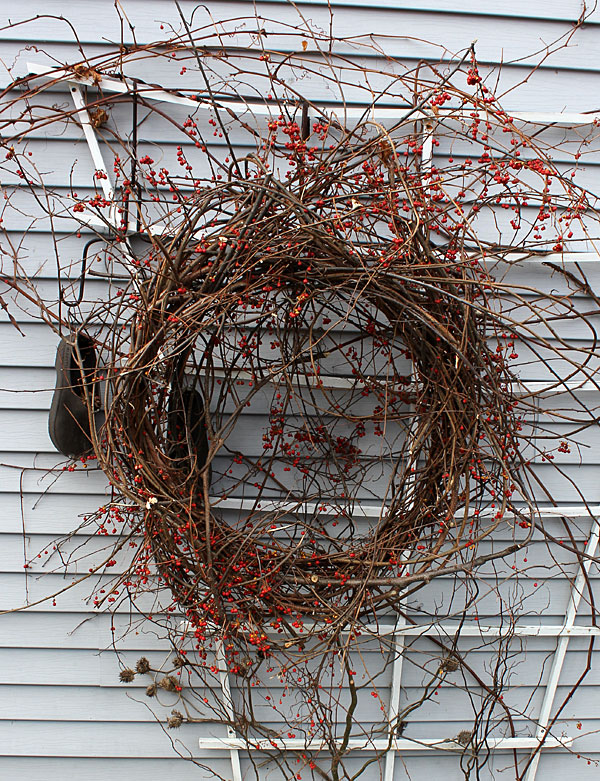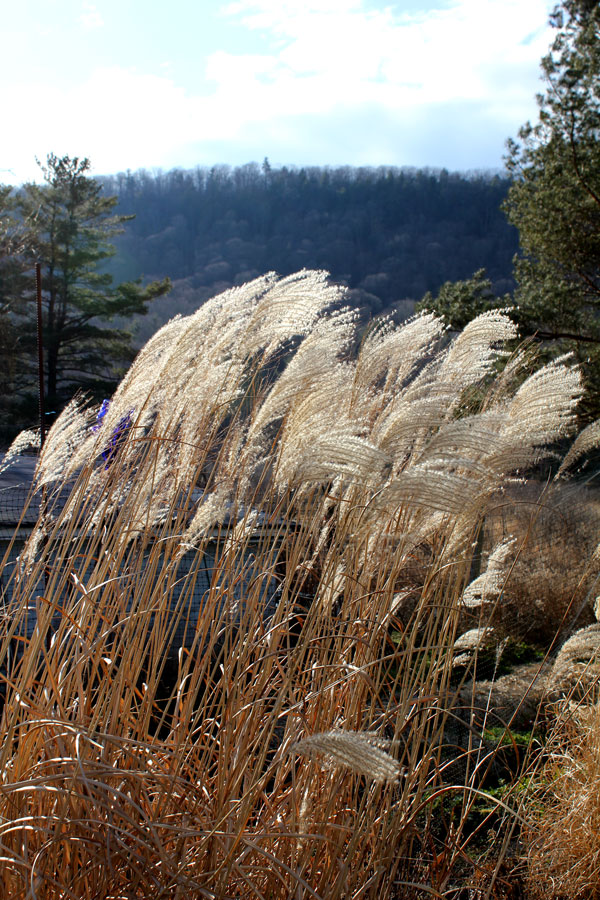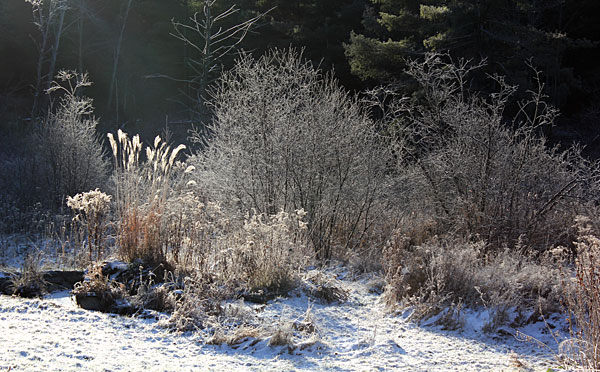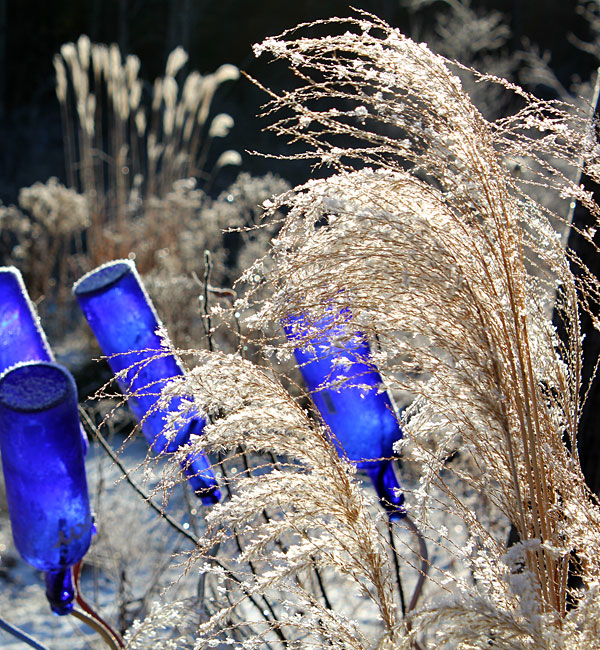Media conference call at 1 p.m. …
CORNELL UNIVERSITY PRESS OFFICE
Jan. 24, 2012
For gardeners and farmers, the earth moves on Wednesday
On Wednesday, the U.S. Department of Agriculture will unveil its long-awaited new “Plant Hardiness Zone Map” at the U.S. National Arboretum in Washington, D.C. The map – a vital tool for gardeners, farmers, researchers and policy makers – is expected to change in part to reflect changing climate patterns across the United States.
Cornell University, New York’s Land Grant university and home of the Northeast Regional Climate Center and the Atkinson Center for a Sustainable Future, has several experts available to discuss the significance of the changes to this decades-old system for planting ornamentals and crops. They include:
. . . . . . . .
 David W. Wolfe is a professor of plant and soil ecology in the College of Agriculture and Life Sciences, and the chair of the Climate Change Focus Group in the Atkinson Center for a Sustainable Future.
David W. Wolfe is a professor of plant and soil ecology in the College of Agriculture and Life Sciences, and the chair of the Climate Change Focus Group in the Atkinson Center for a Sustainable Future.
Wolfe says:
“For decades, gardeners have used Plant Hardiness Zone maps, based on minimum winter temperatures, to determine what plant species are adapted to where they live. The last version published by the USDA appeared in 1990. In 2006, the Arbor Day Foundation published an updated map using the same methodology of the USDA, which shows a dramatic ‘zone creep’ northward throughout the country.
“Gardeners like to experiment, and can lead the way in exploring what it is possible to grow in a changing climate. On the down side, some local favorite garden species may suffer, while invasive weedy plants like kudzu are likely to expand their range northward.”
. . . . . . . .
 Art DeGaetano is a climatologist and professor of Earth and Atmospheric Sciences, and the director of the Cornell-based NOAA Northeast Regional Climate Center.
Art DeGaetano is a climatologist and professor of Earth and Atmospheric Sciences, and the director of the Cornell-based NOAA Northeast Regional Climate Center.
DeGaetano says:
“The northward march of the hardiness zones illustrates the continued warming that has occurred across the United States and around the globe in recent decades, particularly in winter. Projections for state-of-the-art climate models indicate that winter temperatures will continue to warm through the 21st century. Additional updates and changes to the hardiness map will be necessary in years to come.
“By 2080, the hardiness zones that currently cover the area from southern Virginia to Northern Georgia, may replace those that we see across New York in the current update.”
. . . . . . . .
 William Miller is a professor of Horticulture, and one of the world’s leading experts on floriculture and the physiology of ornamental plants.
William Miller is a professor of Horticulture, and one of the world’s leading experts on floriculture and the physiology of ornamental plants.
Miller says:
“One thing I have learned from growing plants in many locations in the U.S. is that plants can’t read! Experienced gardeners are always pushing the envelope by trying new plants, and especially those that ‘aren’t hardy’ in their area. Really crusty gardeners sometimes say that they need to kill a plant three times to be certain it won’t grow in their area.
“Aside from global warming or simply more and better data leading to a more accurate map, there is always microclimate variation in any locale and a few feet alteration in planting site, better drainage, locating a plant around a corner, presence of snow cover, mulch, or protection from wind can make a huge difference in winter hardiness.
“Especially with herbaceous perennials, that are relatively inexpensive and in any case almost always a lesser investment than trees or shrubs, one should experiment and try to push the hardiness rating. You never know what might survive.”
. . . . . . . .
MEDIA PLEASE NOTE: Professors Wolfe, DeGaetano and Miller will be available to talk with the media by conference call at 1 p.m. Wednesday, shortly after the USDA announcement. To participate, call 1-866-910-4857, passcode 858182. All three will also be available for one-on-one interviews following the announcement.
For interviews contact:
John Carberry
office: 607-255-5353
cell: 607-227-0767
jjc338@cornell.edu
For more information about the USDA announcement, contact USDA Special Projects Chief Kim Kaplan at 301-504-1637.
– 30 –


